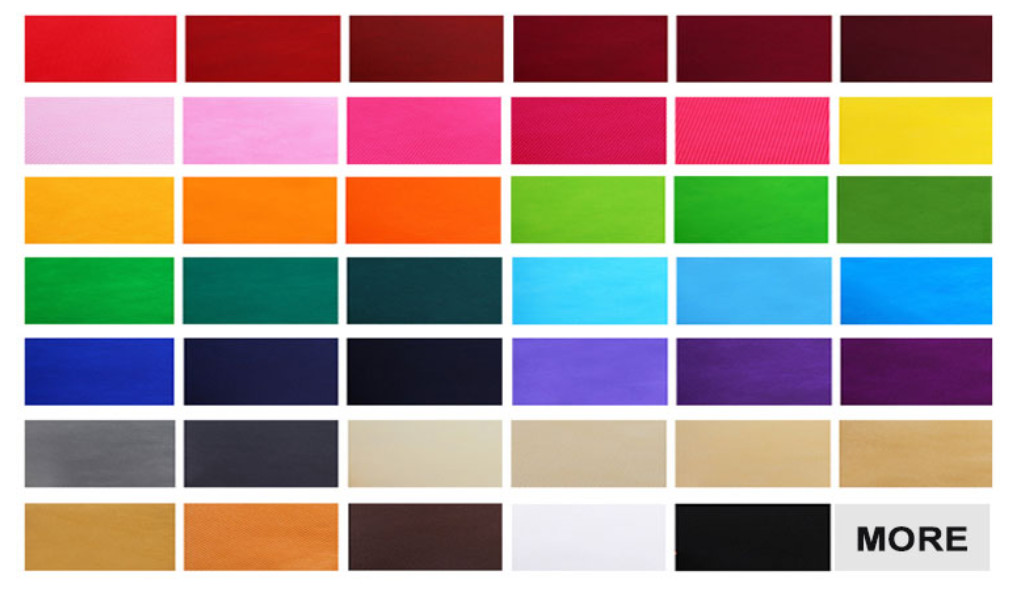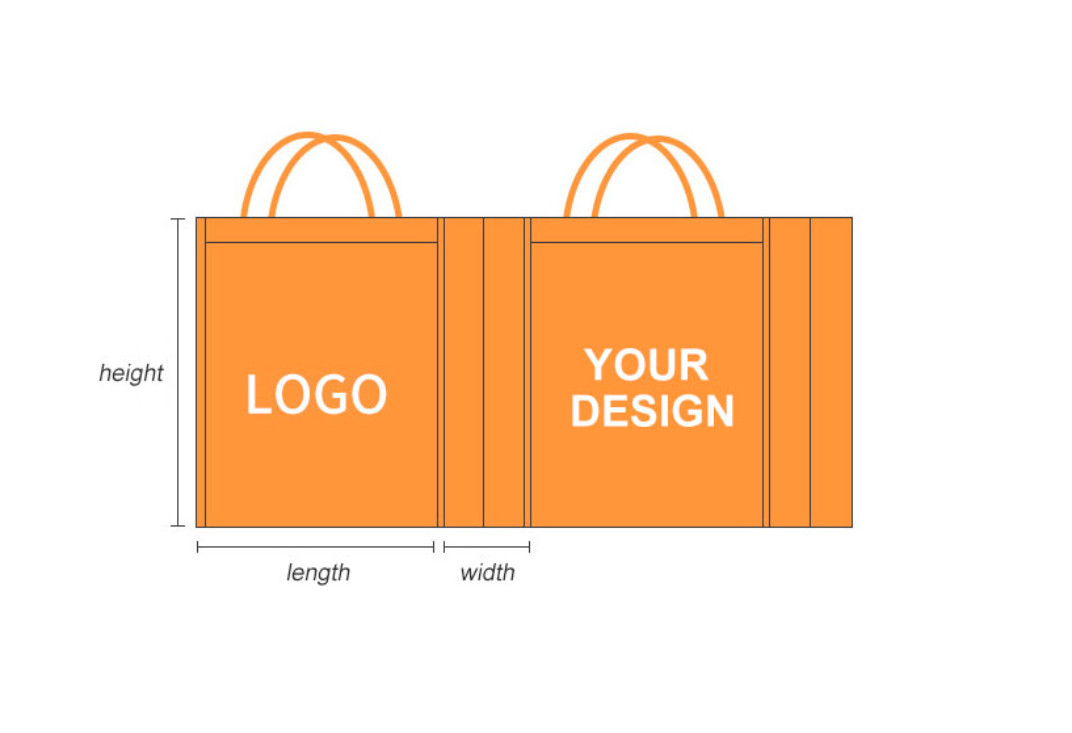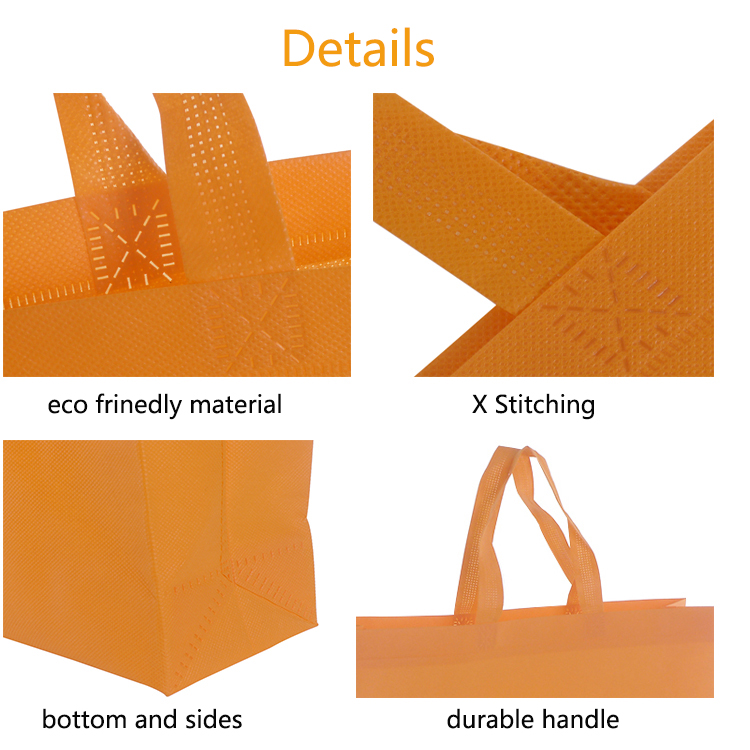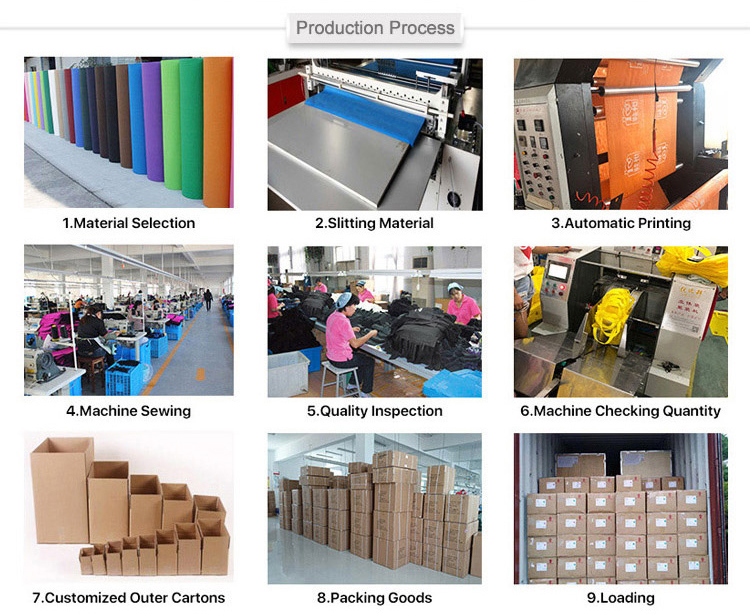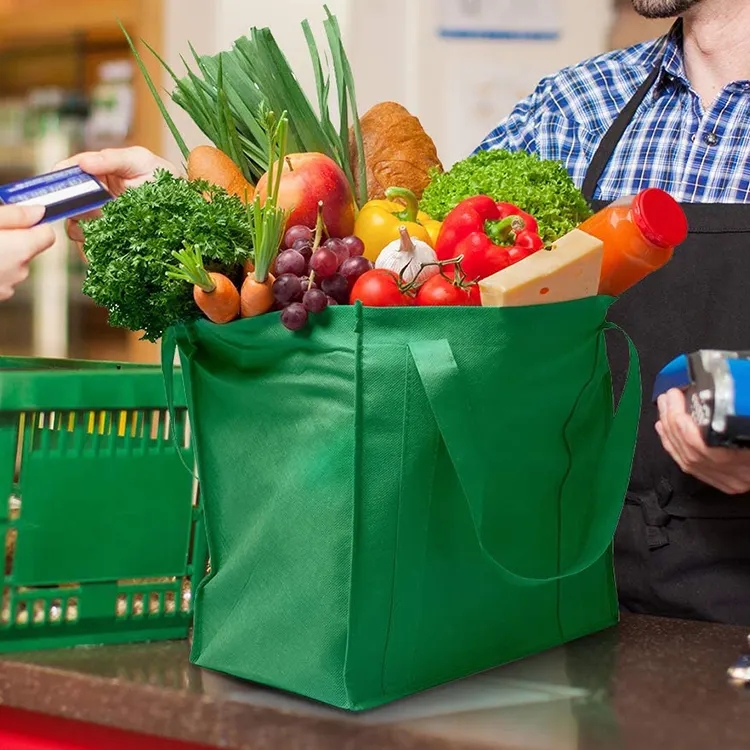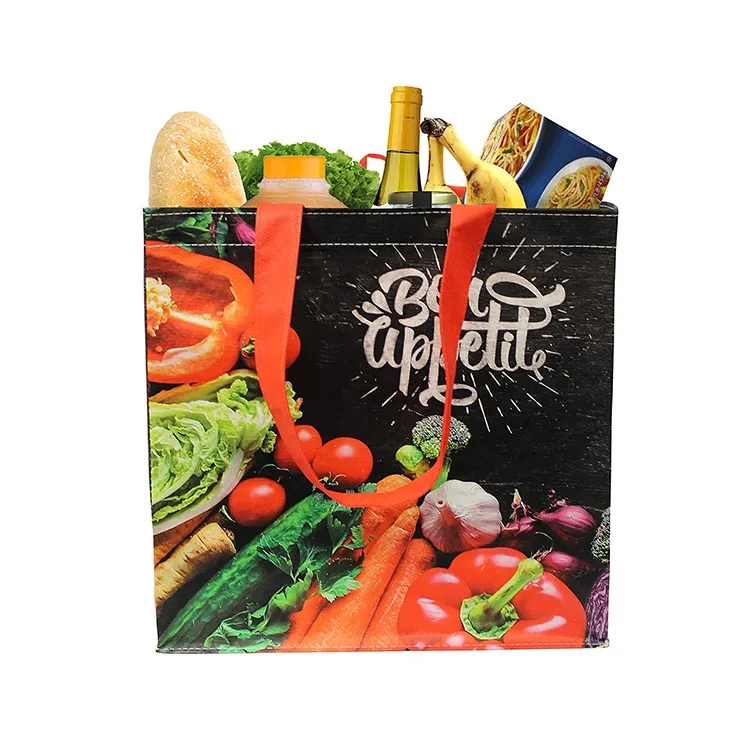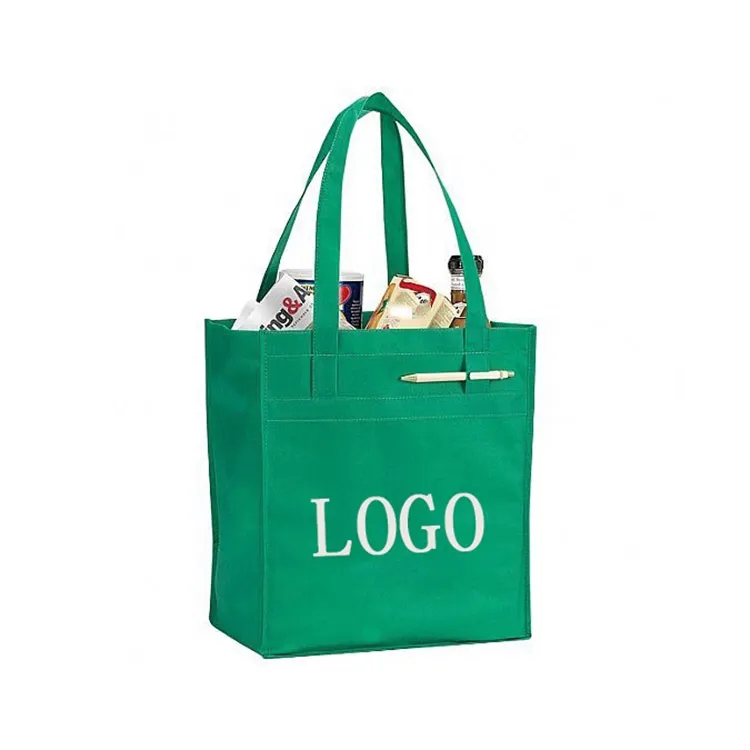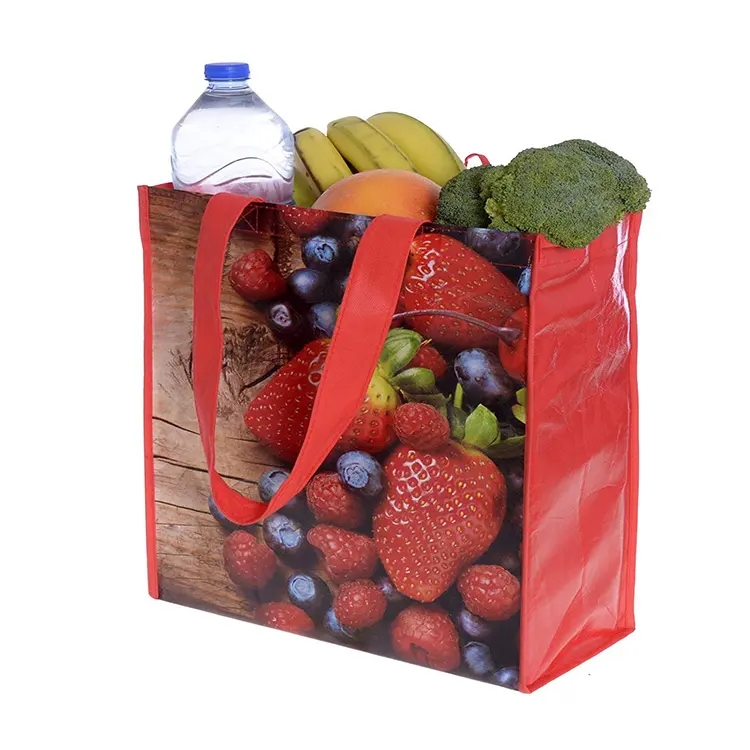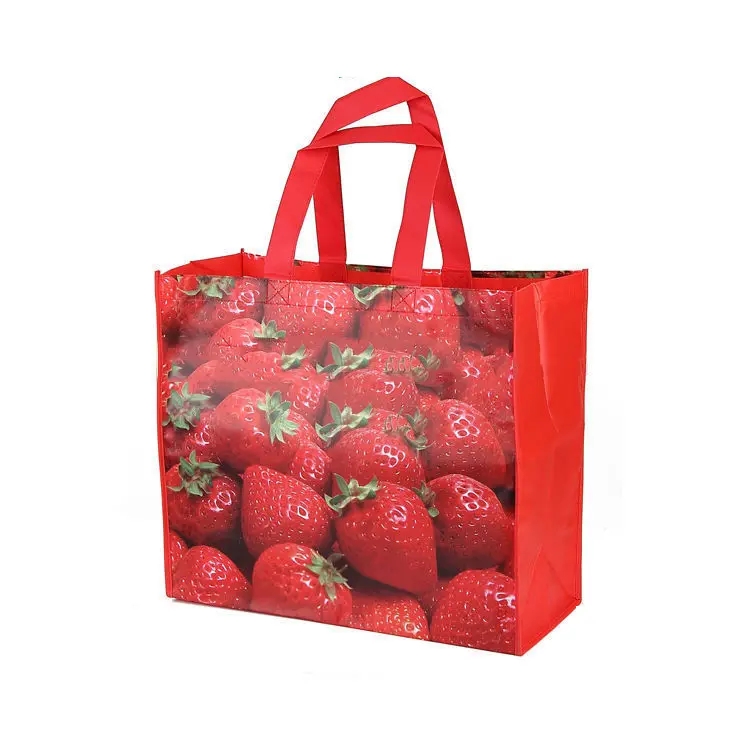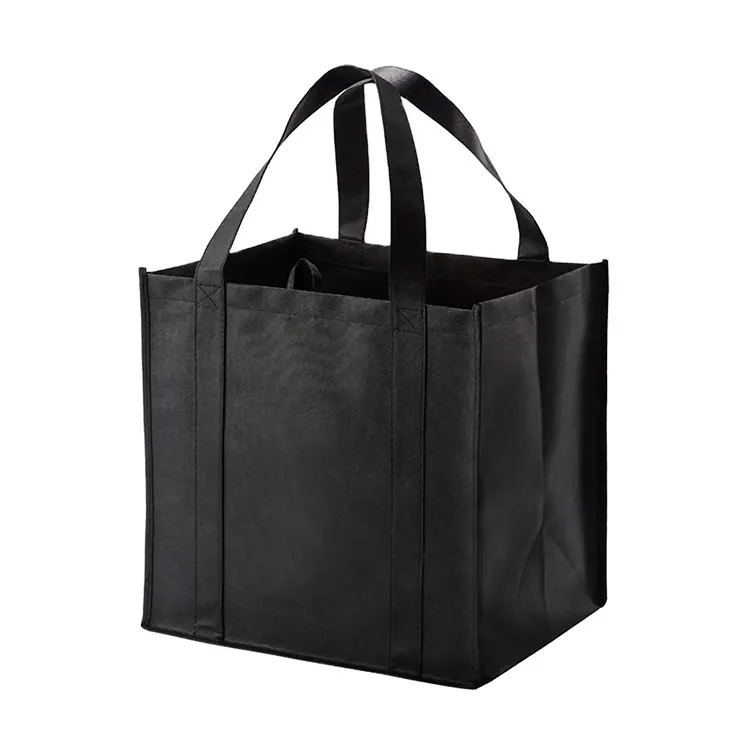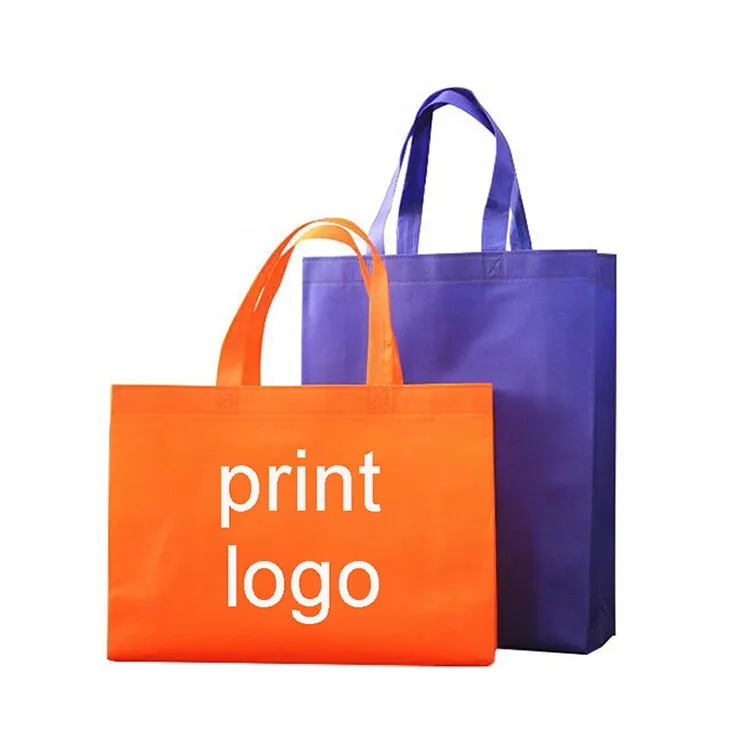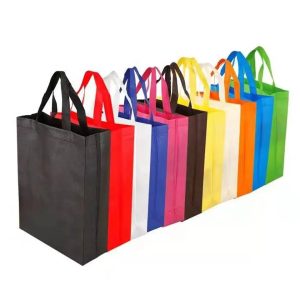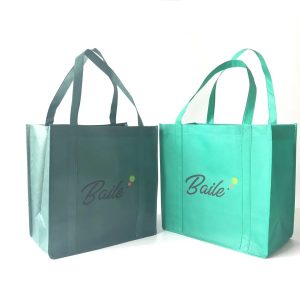Non-Woven Bags: Redefining Packaging Sustainability
Introduction: In the era of heightened environmental awareness, non-woven bags have emerged as a pioneering solution in sustainable packaging. This article delves into the multitude of benefits that non-woven bags bring to the table, exploring their durability, adaptability, and contribution to a greener planet. Join us on a journey to discover how these innovative bags are reshaping packaging practices while promoting eco-conscious choices.
Exceptional Durability for Longevity: One of the standout features of non-woven bags is their exceptional durability. Crafted from synthetic fibers, they are designed to endure the challenges of daily use. Unlike disposable plastic bags, these sturdy companions can be relied upon for multiple outings, reducing the need for constant replacements and lessening our environmental footprint.
A Pillar of Environmental Responsibility: Amidst growing concerns about plastic waste, non-woven bags have emerged as a powerful symbol of environmental responsibility. By opting for these reusable bags, individuals and businesses alike contribute to the reduction of single-use plastics. This conscious choice resonates with a commitment to preserving our planet for future generations.
Versatile and Adaptable: Non-woven bags transcend their role as mere carriers; they are versatile tools that cater to diverse needs. Whether it’s grocery shopping, travel, or promotional events, these bags come in a variety of sizes and can be customized with logos and designs. This adaptability makes them a practical choice for both personal and business use.
Elevating Brand Identity: Businesses seeking to make a lasting impression on customers find non-woven bags to be an ideal canvas for branding. Customizable with corporate logos and messaging, these bags become more than just packaging; they become a tangible representation of a company’s commitment to sustainability and innovation.
Balancing Strength and Convenience: Non-woven bags manage to strike a perfect equilibrium between strength and convenience. Despite their sturdy construction, they remain lightweight and easy to carry, ensuring a hassle-free shopping experience. Their stackability and minimal storage requirements further underscore their convenience for businesses.
Air Circulation for Freshness: A notable advantage of non-woven bags is their breathability. This characteristic proves beneficial for carrying perishable items or items prone to moisture buildup. The bags facilitate proper air circulation, helping maintain the freshness and quality of the contents.
Conclusion: Non-woven bags embody the fusion of practicality and sustainability in the realm of packaging. With their durability, adaptability, and positive environmental impact, they represent a tangible way to make responsible choices. As individuals and businesses alike recognize the significance of reducing plastic waste, non-woven bags provide a path towards a more sustainable future, where packaging reflects a commitment to both functionality and the planet.
